Global Digital Marketing & Retail by Alex 107
Inspiration from across the world for retail enthusiasts, e-commerce professionals, marketing lovers and technology fans. Welcome back! I summarized some great links again, I stumbled upon this week.
Good morning!! Thank you all for subscribing, liking, reading! Special thanks to
for sharing recent posts! Do subscribe to Dawn’s substack!🇲🇦 Feature watch: Indrive Morocco → negotiate a fare
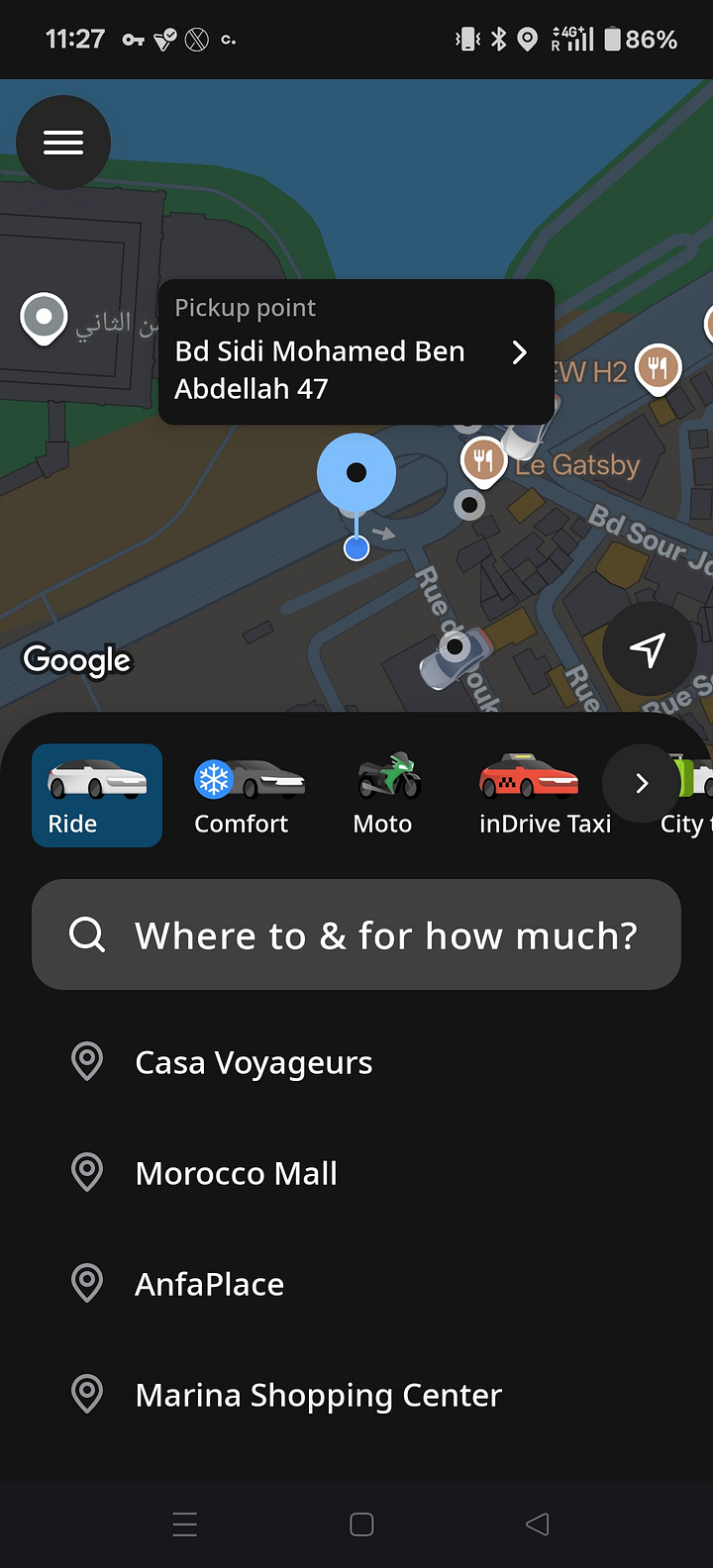
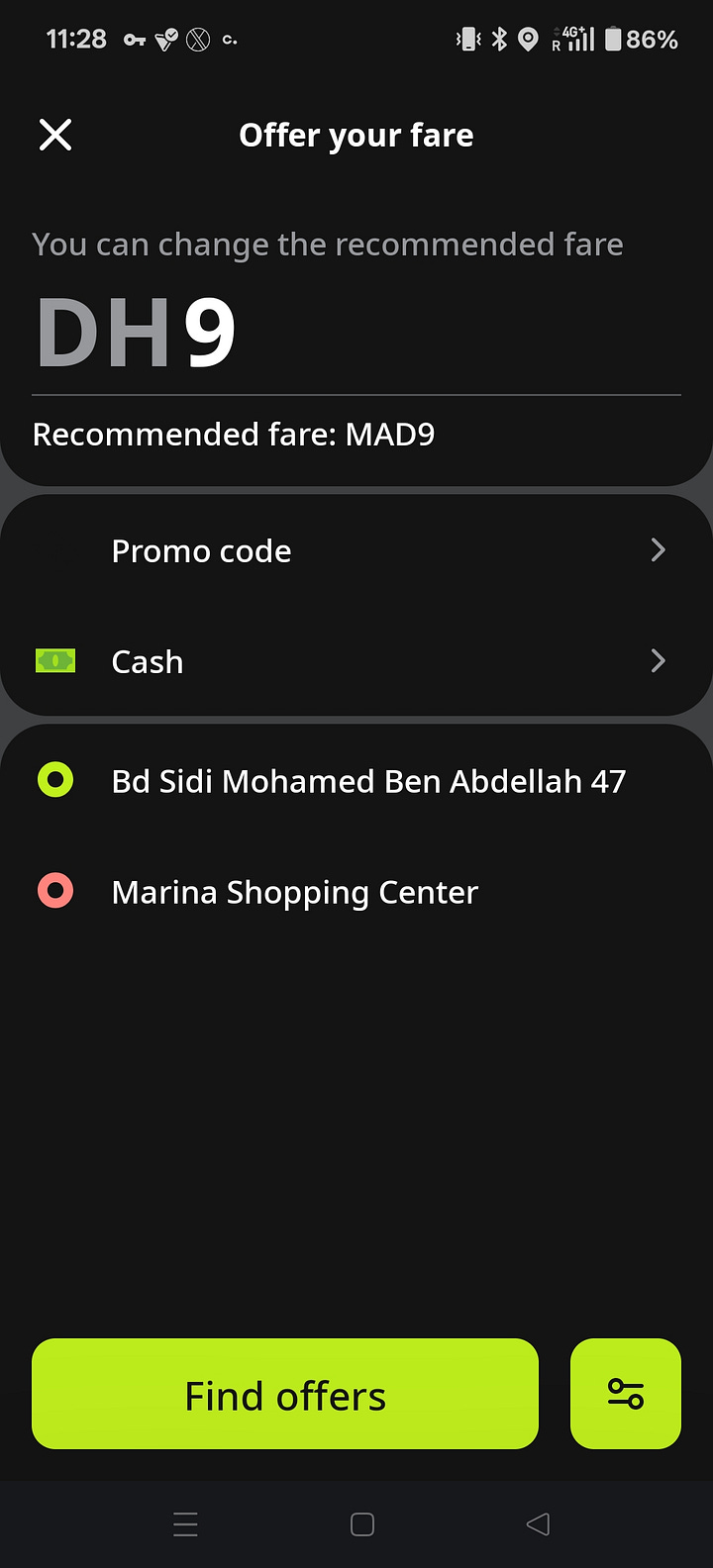
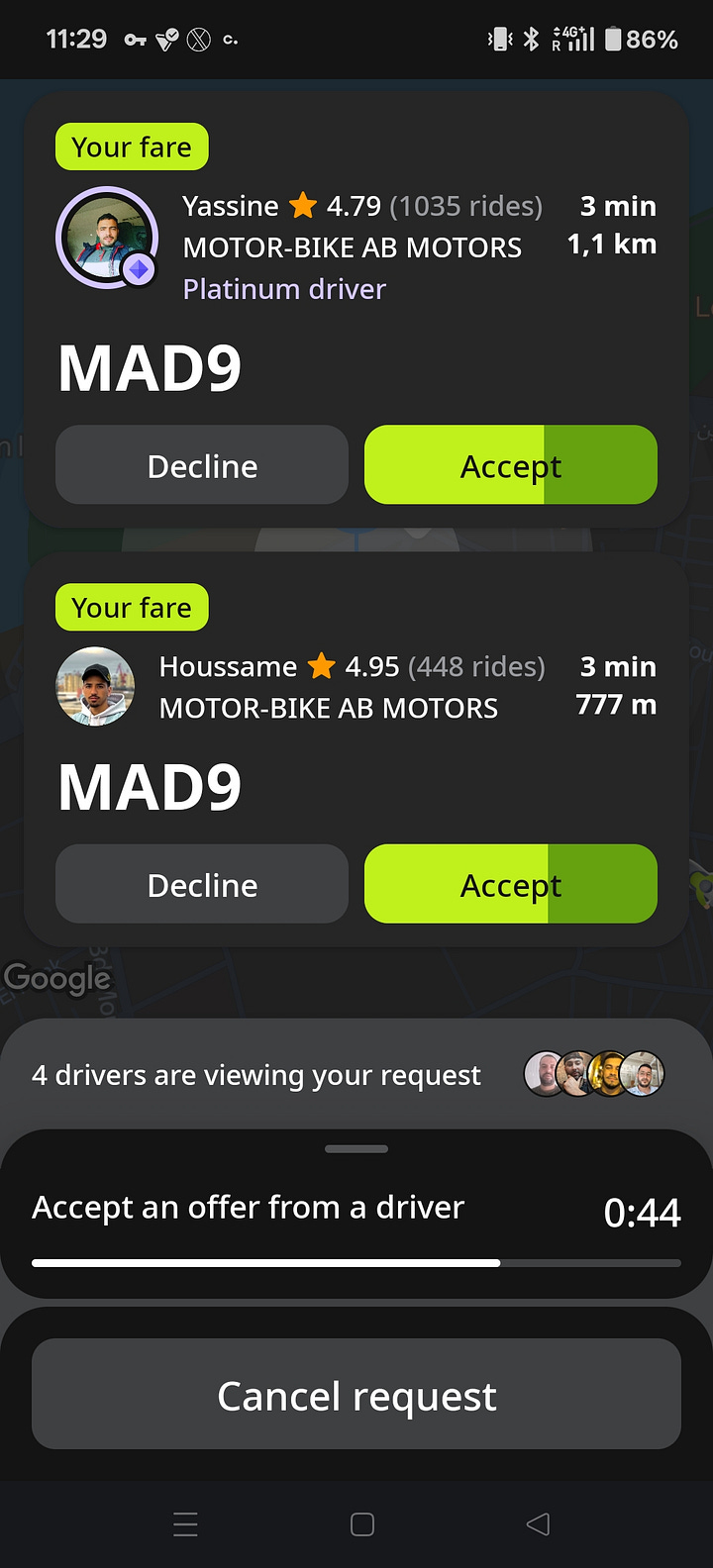
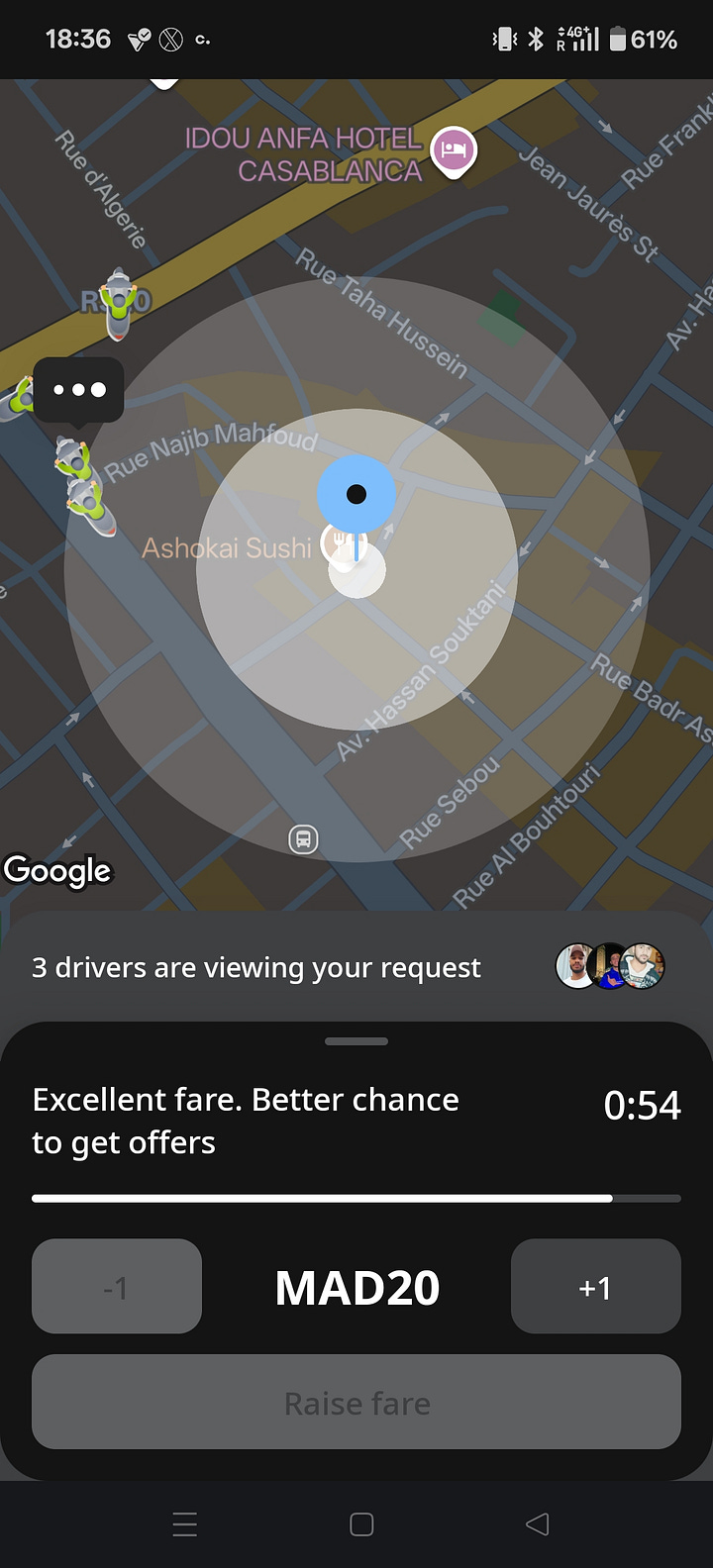
I am traveling in Morocco currently, and one app that stands out is ‘Indrive’. It’s a ride hailing app, but one thing stood out for me and that’s that you can choose what you want to pay to a driver. It suggests a price, but you can “negotiate” via the app for higher or lower pricing. Next to that they also have phone number validation but you can choose also to do that via WhatsApp. I find that very convenient as a traveler. I use an e-sim, so my original sim is not switched on, and now I can (via WhatsApp) validate my original phone number. 👍
I found out that “Indrive” is popular in emerging markets, like Morocco, India, Nigeria etc. That might very well be working because many of those cultures/countries are very price sensitive and price negotiations is part of the culture.
I tested the app yesterday with a motorbike taxi and it worked really well.
I uploaded a few screenshots so you can see how it looks like.
It’s very nice that they are internationally active, and not just in the most common markets from a Western perspective. They are mostly active in “emerging markets”. It’s great to see how they localize, adapt, and try to build their own “superapp.”
A lot of exciting e-commerce and digitization is happening in these emerging markets, sometimes beyond what we can imagine in the West.
“India is a puzzle for us,” Smit told TechCrunch. “India is still growing, and we … decided to focus very quickly on key cities where we really think we want to operate strongly.”
Currently operating in 982 cities across 48 countries globally and leading in eight of them, why is inDrive picking Kazakhstan as the first market for its super-app move?
Techcrunch dives into the Indrive strategy, including their “superapp” ambitions:
😄Agencies vs. Automation: Meta, Google, and the future of advertising
I came across an article on Ad Age about how large agencies are increasingly worried they’ll become obsolete. No surprise there, as you know, I’ve never been a big fan of the large ad agencies. I usually prefer smaller ones, which tend to be more flexible and less likely to take advantage of their clients, and they are more down to earth.
That’s why it was fun to read this article of the industry’s leading sites.
The agencies’ involvement in steering the future of AI ad products on Meta shows that they are trying to remain vital in an increasingly automated digital ad landscape.
What the article doesn’t mention, but what I believe, is the contrast between Meta and Google. Meta’s vision is: “Give us the objective, and we’ll take care of the rest.” It’s a push toward full automation. Google’s ad ecosystem, on the other hand, still allows more hands, on control for advertisers.
Details : https://adage.com/technology/ai/aa-meta-ad-automation-agencies/
Unpaywalled via: https://archive.is/VneAC
Catalog ads: extremely nice low hanging fruit:
I would also like to share this video as it is very much related to the topic above. It’s on “catalog ads” in Meta (and other platforms) and the huge wins you can make their pretty easily (apparently) and you do not specifically need an agency for it.
Meta's algorithm reads the product information in your catalogue and searches for users looking for "very similar products" based on their searches, enabling highly intent-based targeting
For example, if a competitor is out of stock on a specific item like a black leather loafer in a certain size, Meta can potentially target that customer with brands that do have it in stock
Missing data in your product feed, such as product sizes, weight, or a comprehensive description, can negatively impact performance. Generative AI can help supplement these descriptions and taxonomy to improve targeting and relevance
Few brands consider creating "a template for our catalog ads that applies to the products that are on sale," despite it being an easy win with high performance
The notion that "high frequency is bad" for catalogue ads is a misconception.
🇨🇳 WeChat’s e-commerce ecosystem explained
Even though I no longer live in China, I still use WeChat a lot, mainly to stay in touch with friends there, but also to keep an eye on the latest features they roll out. And honestly, I really miss WeChat’s functionalities. Back in China, life was so much easier with WeChat, I could do almost everything with just one app.
WeChat was the first true “super app,” and many companies are still trying to copy it (as I mentioned earlier in this newsletter with the example of InDrive).
From a business perspective, what makes WeChat particularly powerful is how it integrates CRM directly into the ecosystem. Official Accounts and WeCom give companies the tools to manage relationships, build loyalty, and turn one-time buyers into repeat customers, all within the same app where transactions and engagement already happen. That’s supernice and unknown in the West often.
Unfortunately, many of those features don’t work outside China, so I can’t test them myself. That’s why I make a point of closely following WeChat’s developments, and one of the best sources I rely on is
. Take a look at their latest post below.According to the WeChat team's plan, WeChat stores, mini programs, and service accounts will form a "three-in-one" system in the WeChat e-commerce system. The idea is that WeChat stores will be where transactions and after-sales services occur. Mini-programs will be used for functional services, while memberships and marketing and service accounts (a type of public account) should drive retention and repurchase. In other words, mini-programs will serve as brand websites where people can learn about brands. WeChat Stores are where they make purchases, and they will become fans by following Service Accounts. By integrating the ecosystem of WeChat stores, mini-programs and WeChat Channels, Tencent hopes to drive a new round of growth for the overall business.
Details:
📧 Email marketing: “batch and blast” strategy
Attention E-mail marketers and digital marketers: don’t forget the “batch and blast” methodology! In an era of hyper personalization and segmentation, the risk is you (or the system) “forgets” people. Don’t be that email marketer. Batch & Blast regularly or at the very least do “Batch and Blast core message” where half of your e-mail is personalized and the other half not (the core message).
🤖 Google vs Amazon vs TikTok vs Meta and the dangers to marketplaces
Listened to this podcast and they raise an interesting dilemma, especially for marketplaces. The speakers highlight several dangers for brands and online retailers in the model where agents do most of the shopping for example:
Loss of customer relationship and data: brands would acquire little to nothing beyond revenue. They would not truly acquire a customer, gain first-party data (like email addresses), or maintain control over the customer journey.
The process would be a "black box," making it difficult for brands to alter results or understand how to cheaply influence outcomes.
I think it’s a valid concern and worth a strategy. Probably there are two or three ways to go:
The fully open approach to LLM’s, this way you keep the traffic (for now) but you do not have any control.
The closed approach: Double down on owned channels (website, app, loyalty, community) for retention and lifetime value, but also I think when possible add value that LLM’s cannot provide. Build communities, create subcribtions or lock in customers by providing online training on equipment (B2B), or add extra support (B2C/B2B).
And probably, most likely most companies will chose a mix of those a hybrid approach. Design a funnel where LLMs are the “top of funnel” but your ecosystem captures and holds the customer over time. Something like that. Not easy but probably doable.
⁉️The question is not whether machines will buy. They will. The question is will they buy from you?
That brings us to a related article on B2B e-commerce, where the author philosophizes on the topic: What happens when the purchaser in B2B commerce is no longer human? And as we have already seen with Alibaba’s “Accio,” it seems to be heading in that direction.
I believe every B2B marketer should reflect on this, it’s going to happen, and there’s still a chance to gain a competitive advantage from it. If you don’t, disruptors will.
For early adopters, there may be a window of competitive advantage. Companies that structure and expose their data effectively may simply outcompete those who remain locked behind rigid structures and login walls.
Over time, this could rival or even replace legacy B2B channels like ecommerce sites, apps, EDI or customer portals, especially in situations where complexity is lower or standardization is already high.
This also raises interesting side conversations. How do we optimize for machine-to-machine interactions when we’ve spent so long focusing on making interactions centered around humans. UX design won’t vanish, but it will have to evolve.
So, the question is not whether machines will buy. They will.
The question is will they buy from you?
Details:
https://www.valtech.com/blog/new-era-for-b2b-ecommerce/
🇮🇳 🪧 Amazon Ads: branded search & India innovation hub
Now some Amazon Ad news that I found interesting. First of all I would like to share this post from Bryan Porter, as it is for many brands an important topic and not only valid for Amazon but for all marketplaces you might be active.
Details: https://x.com/jbryanporter/status/1966483684426383743?t=3JuNdraYO4Wsjoc5V5RvZg&s=03
Besides that I share here this article. More and more I follow what is happening in India and things go so very fast there, Amazon also picked that up and uses India as a testing and innovation ground now. Compare that to Europe where things go so slow.
“For us, India is already the innovation hub. Take Amazon DSP, for example. Much of the engineering and tech comes from here,” Verma said. He added that Amazon Ads is also working on uniquely Indian solutions that could be exported, with new developments expected in the coming months.
Amazon Ads, he argued, stands out for linking brand building with measurable sales. “Because it is one logged-in experience, you can track the consumer journey end to end,” he said. Metrics include branded searches, add-to-cart actions, and checkout rates. “Amazon Ads is the only platform that can do this at scale in India.”
👮 Understanding the EU Proposal on Chat Control
For everyone that favors freedom and privacy and lives in the EU, I would suggest to watch this video. It’s about “chat control”, EU’s proposal to see what you do on your phone and how they close the backdoors / off ramps.
The video is in Dutch but I highly recommend a listen by using the auto sub feature or nowadays even the live translation feature of YouTube.
Details: https://www.patrick-breyer.de/en/danger-to-democracy-500-top-scientists-urge-eu-governments-to-reject-technically-infeasible-chat-control/
https://www.heise.de/en/news/400-scientists-speak-out-against-chat-control-10637109.html
😎 Claude introduces teams memory
Hee wow, that’s cool! Anthropic introduces “teams memory”, this can be very valuable I think when you work in teams on a project!
Today, we’re introducing memory to the Claude app, where Claude remembers you and your team’s projects and preferences, eliminating the need to re-explain context and keeping complex work moving forward.
https://www.anthropic.com/news/memory
Thank you!
That’s about it for this edition. Email length nearly reached according to substack’s editor. Thank you for reading, see you next week.
Warm greetings, connect via: Alex Baar
Or checkout my archive of previous newsletters if you want to read more :


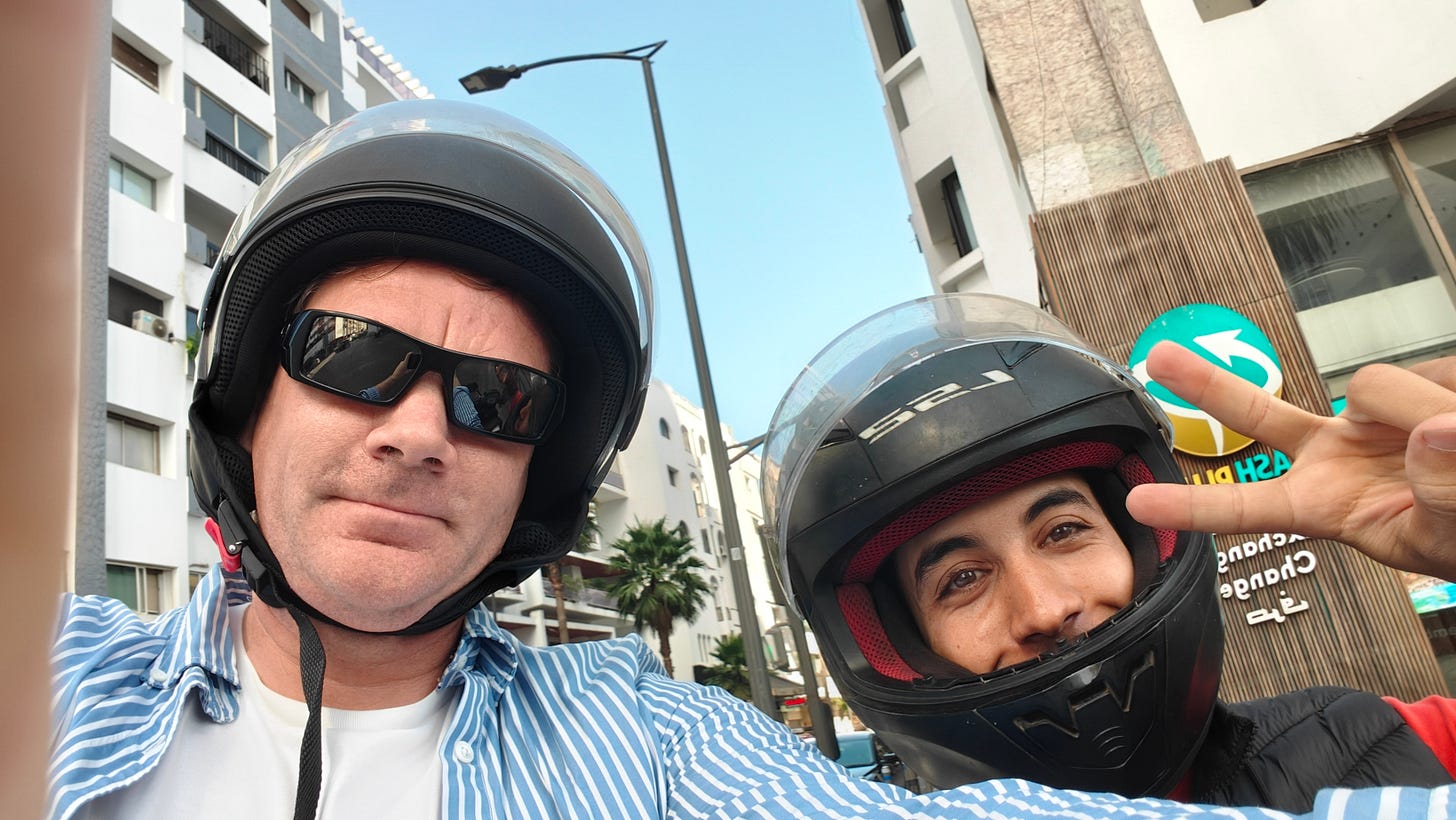
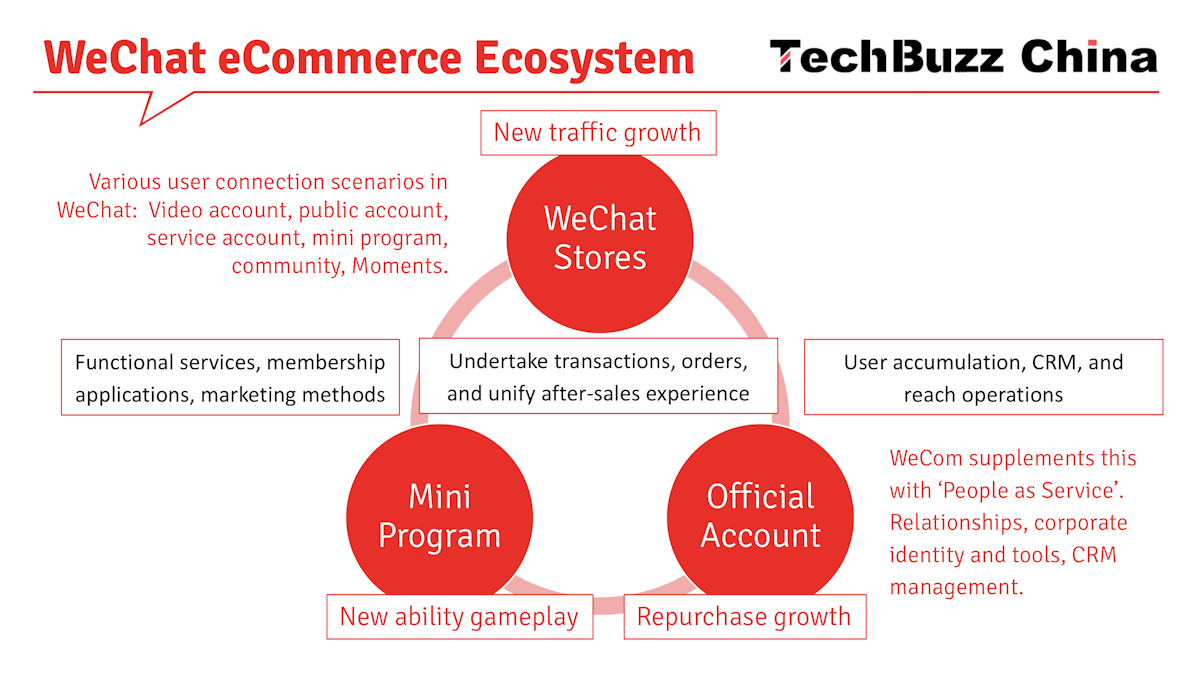


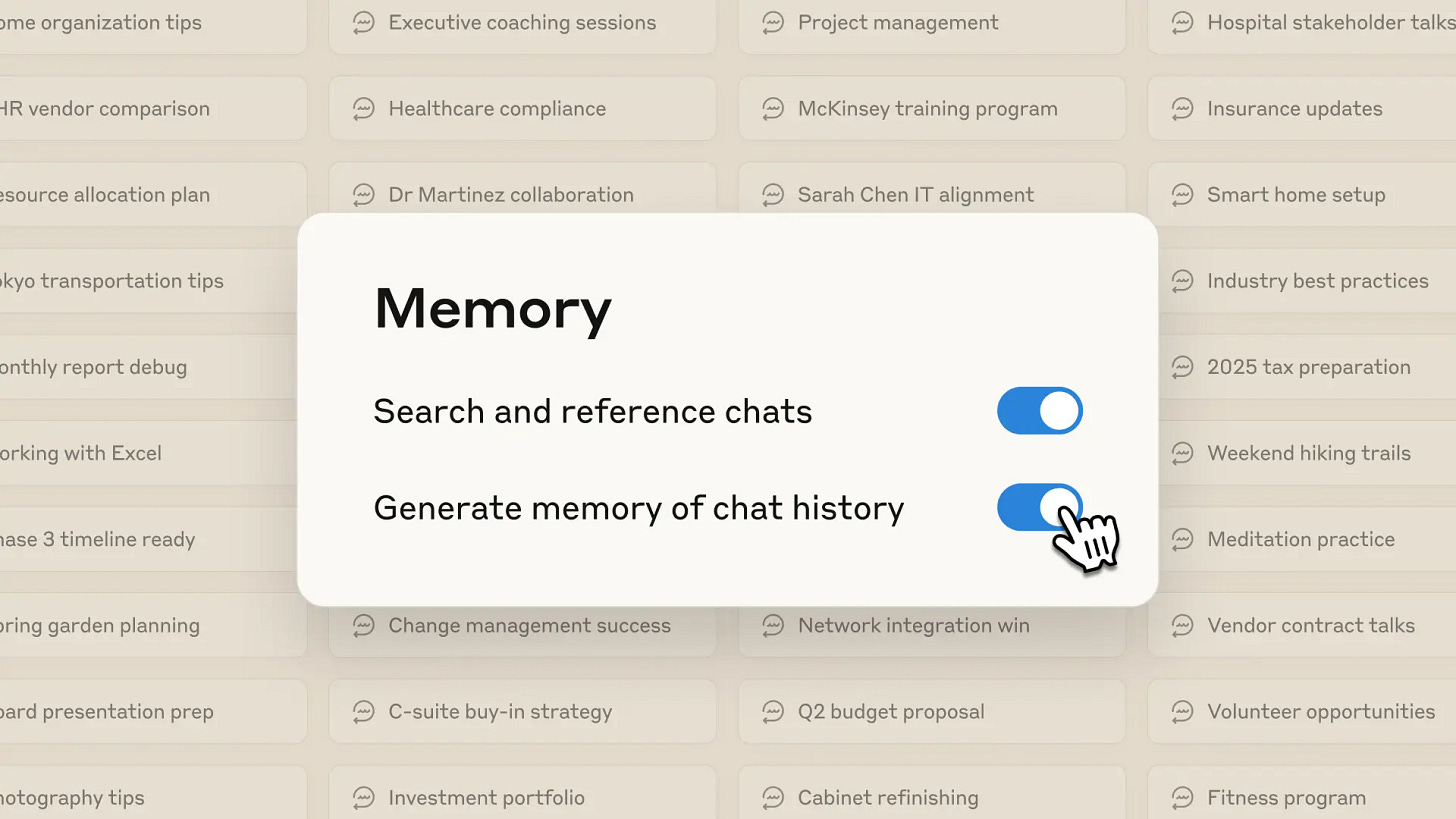
My pleasure Alex, thank you for the insightful reads each week, I always look forward to them